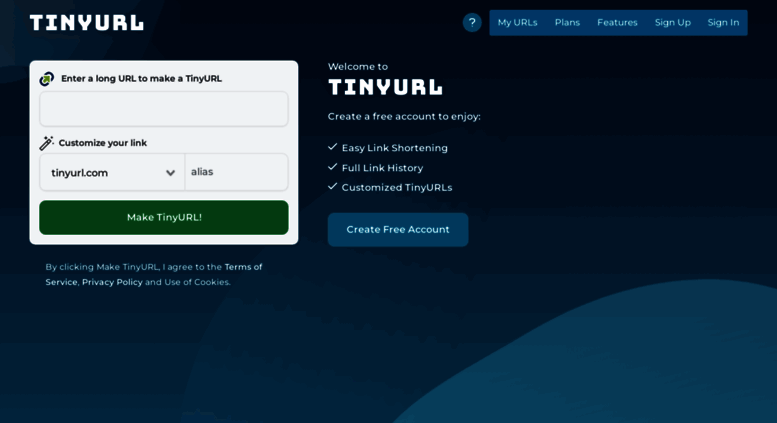

I found Markus to be an excellent presenter with informed observations and a good mix of code, slides, and examples. I’ll probably never throw away his Object Oriented book even though I no longer do much but maintain records in the applications I wrote. I want to thank Markus for his graciousness and willingness to share his knowledge for so long. His information is based on real experience using the technologies. A basic visit should only tell the website the URL you used, the exit node you went through (which thousands of users with the same generic fingerprint use every day), and the time you visited.I liked the knowledgeable comparison of the various technologies, including when to use or not to use each. It is designed for anonymity so if you use it as intended, anything which wasn't given to the website via the link parameters or anything you enter into it should theoretically go poof once you close the window. It's a modified version of Firefox which utilizes the open-source Tor onion router to hide your IP by bouncing through volunteer nodes around the world. Aren't concerned about information in the link itself being traced back to you (usually unique IDs as parameters, which you could optionally prune).Want to resolve any redirects hidden behind the shortener (such as for investigating scam redirect chains),.Want to actually load the site yourself in a sandboxed environment while hiding your IP / location / unique browser fingerprint (domain names don't tell you everything),.The other answers already address tools that can resolve the redirect without visiting the sites, but if you: So they might even access the target URL, which might be undesirable in some threat models. Be aware that you probably don't know how exactly they work. If you don't have access to the above tools, you can also use online services to do it for you. Or more abbreviated: (iwr -Me H -Ma 0 -EA Si).Headers.Location PowerShellĪlternative with Invoke-WebRequest: (Invoke-WebRequest -Uri -Method Head -MaximumRedirection 0 -ErrorAction Silentl圜ontinue).Headers.Location This makes wget stop before the second redirect, etc. If the target looks like another redirection, then you can re-run the command, changing -max-redirect=0 to -max-redirect=1. Furthermore, it will write to the error stream, so you have to redirect that to be able to grep it. Wget will follow redirections by default, so you have to limit it by -max-redirect=0.
Www preview tinyurl com download#
The option -I tells it to only download the headers: curl -sI | grep -i LocationĪlternative with wget: wget -S -spider -max-redirect=0 2>&1 | grep -i Location curlĬurl does not follow redirects by default. If you are using assistive technology and are unable to read any part of the Constant Contact website, or otherwise have difficulties using the Constant Contact website, please call 87 and our customer service team will assist you. Be aware that your access may be logged by the link shortening provider and it also may be added to the statistics of the short link usage. They all have in common that they will only download the headers of the short link and will not follow the URL the short link points to.

If the link shortening provider does not offer a way to preview the URL, you can also use the following tools to get the URL to which a short link will redirect to. Or add preview as a subdomain to the short link: -> Most times, it is sufficient to modify a little detail of the short link: BitlyĪdd a + sign to the short link ( source): -> Īdd a symbol to the short link: -> a - (hyphen) sign to the short link: -> Most of the link shortening providers also offer a possibility to preview the URL a short link will redirect to. To avoid these risks, can I safely preview a short link to be able to inspect the actual URL before opening it? In other words, can I get the target URL without actually accessing it? Or it may contain information that has been obfuscated even more (Base64): Making over a billion long URLs usable Serving billions of redirects per month. This could be personal data like in this URL: an ID that might be relatable to you (e. is the original URL shortener that shortens your unwieldly links into more manageable and useable URLs. The actual URL might have been obfuscated to hide the query string that might contain identifying data. While people might click on a link of a well-known link shortening provider, they probably would not access a URL that looks like, AMAZ0N.COM or. The actual URL might have been obfuscated to hide its suspicious domain. Link Preview is turned on by default in and Outlook on the web, so you see rich previews of URLs when youre reading and composing email messages. collect statistics about the usage of the short linkįrom the obfuscation, at least two risks arise:.Besides their main purpose of shortening a link, they also: There are a lot of different URL shorteners out there, like Bitly or TinyURL.


 0 kommentar(er)
0 kommentar(er)
